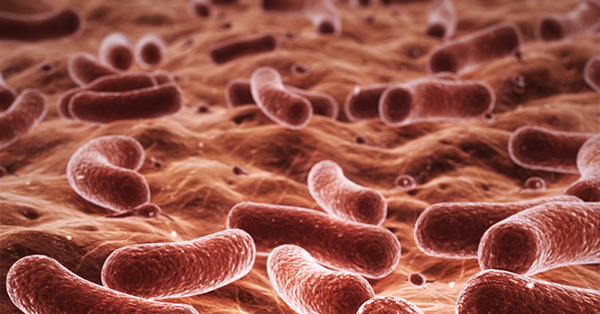Understanding OD600 and Measuring Cell Growth

An Introduction to OD600
Unless you are a trained microbiologist, or have additional experience working with bacteria and other organisms, the concept of OD600 might be unfamiliar to you.
In this article, we are going to give you an overview of what exactly OD600 is, how to measure it and some real-life applications.
What is OD600 and What Does it Mean?
OD600 is an abbreviation of two parts; ‘OD’ is short for ‘optical density’, whilst ‘600’ is in reference to the 600 nm wavelength used to measure said optical density.
The term ‘OD600’ is used in reference to a spectrophotometer method that is used to help estimate the concentration or “number of cells per volume” of bacteria or other cells within a liquid sample.
How is OD600 measured?
OD600 is typically measured using a bench-top spectrophotometer, but can also be measured using our Photopette® handheld spectrophotometer.
A sample is placed within a cell or cuvette, and a light source of 600 nm is directed towards the sample. The light is absorbed and scattered by cells and the transmitted light is picked up by a detector, which outputs a value.
The light scattering value that is generated by the sample is what is used to estimate the concentration of bacteria or other cells within a sample.
Light scattering is referred to as a factor of turbidity, rather than light absorption.
What is OD600 used for?
Determining the concentration of bacteria, or other cells within a sample has lots of real life applications, with a few outlined below:
1. Synthetic Biology
In synthetic biology, organisms are redesigned for additional purposes than what they originally are used for. To research and develop new cells, it is vital that cells can be grown and harvested at the optimum level of growth.
2. Microbial Production
The use of microbes is far-reaching across many fields. They play a big part in the food and beverage industry, as well as having the potential to provide fuel sources such as ethanol. Using OD600 to measure cell growth is of vital importance, particularly where microbes are grown for commercial purposes.
3. Antibiotic Resistance
Developing new antibiotics requires susceptibility testing, which determines the effectiveness of antibiotic treatment. To test the effectiveness of new antibiotics, measuring the optical density of bacteria, helps to understand if, and how bacteria is growing in response to new antibiotics.
Using OD600 to Determine Cell Growth Phase
When measuring OD600, the measured value that is given is an arbitrary number that needs further interpretation in regards to the overall cell growth cycle.
Using a standard or control growth curve, it is possible to plot measure OD600 values against a known cell growth chart and understand the cell growth phase. A typical growth chart for a bacterial cell or microorganism is shown below:

